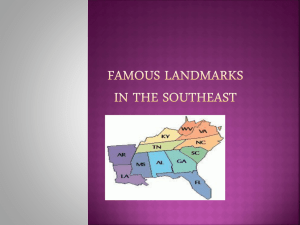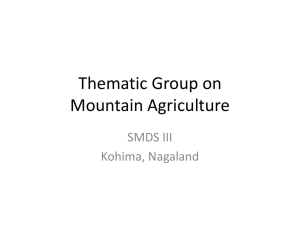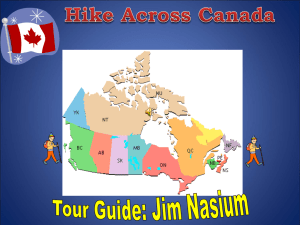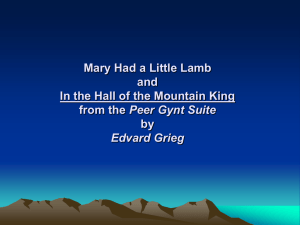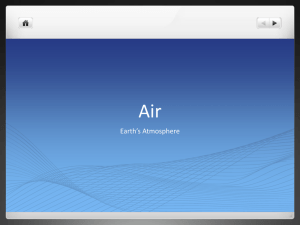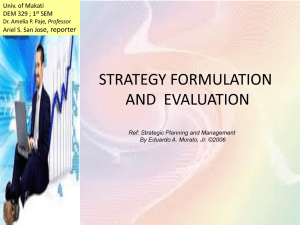31 - Cal State LA - Instructional Web Server
advertisement
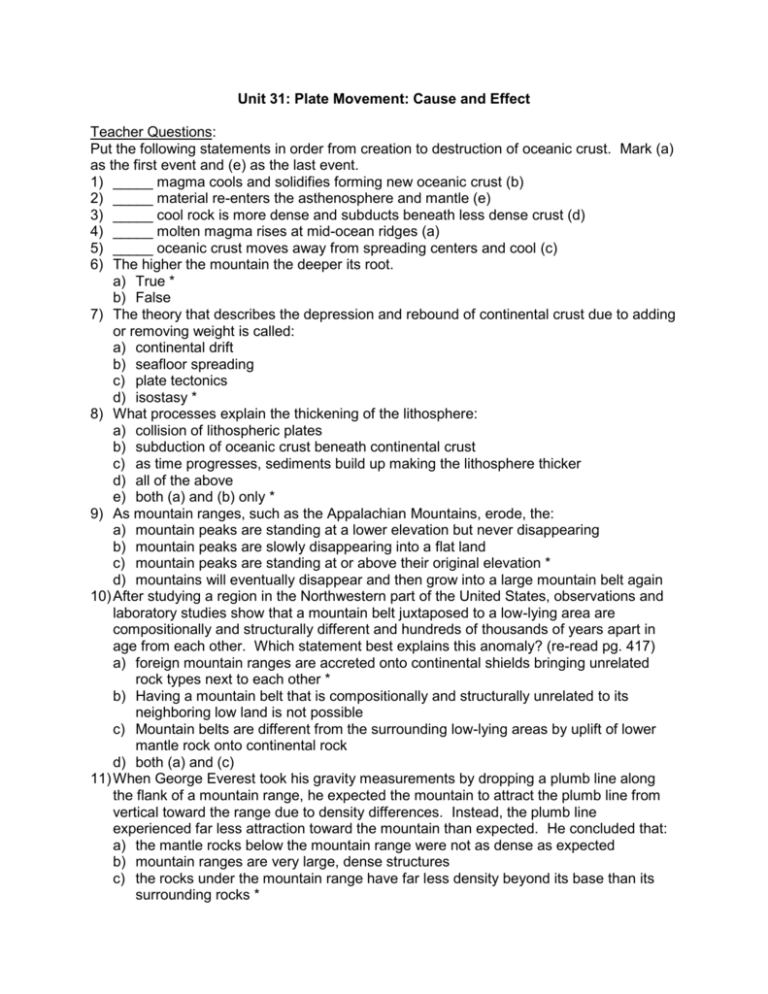
Unit 31: Plate Movement: Cause and Effect Teacher Questions: Put the following statements in order from creation to destruction of oceanic crust. Mark (a) as the first event and (e) as the last event. 1) _____ magma cools and solidifies forming new oceanic crust (b) 2) _____ material re-enters the asthenosphere and mantle (e) 3) _____ cool rock is more dense and subducts beneath less dense crust (d) 4) _____ molten magma rises at mid-ocean ridges (a) 5) _____ oceanic crust moves away from spreading centers and cool (c) 6) The higher the mountain the deeper its root. a) True * b) False 7) The theory that describes the depression and rebound of continental crust due to adding or removing weight is called: a) continental drift b) seafloor spreading c) plate tectonics d) isostasy * 8) What processes explain the thickening of the lithosphere: a) collision of lithospheric plates b) subduction of oceanic crust beneath continental crust c) as time progresses, sediments build up making the lithosphere thicker d) all of the above e) both (a) and (b) only * 9) As mountain ranges, such as the Appalachian Mountains, erode, the: a) mountain peaks are standing at a lower elevation but never disappearing b) mountain peaks are slowly disappearing into a flat land c) mountain peaks are standing at or above their original elevation * d) mountains will eventually disappear and then grow into a large mountain belt again 10) After studying a region in the Northwestern part of the United States, observations and laboratory studies show that a mountain belt juxtaposed to a low-lying area are compositionally and structurally different and hundreds of thousands of years apart in age from each other. Which statement best explains this anomaly? (re-read pg. 417) a) foreign mountain ranges are accreted onto continental shields bringing unrelated rock types next to each other * b) Having a mountain belt that is compositionally and structurally unrelated to its neighboring low land is not possible c) Mountain belts are different from the surrounding low-lying areas by uplift of lower mantle rock onto continental rock d) both (a) and (c) 11) When George Everest took his gravity measurements by dropping a plumb line along the flank of a mountain range, he expected the mountain to attract the plumb line from vertical toward the range due to density differences. Instead, the plumb line experienced far less attraction toward the mountain than expected. He concluded that: a) the mantle rocks below the mountain range were not as dense as expected b) mountain ranges are very large, dense structures c) the rocks under the mountain range have far less density beyond its base than its surrounding rocks * d) he needed to attach a heavier weight onto his plumb line when suspending it next to a mountain range for it to have greater attraction

